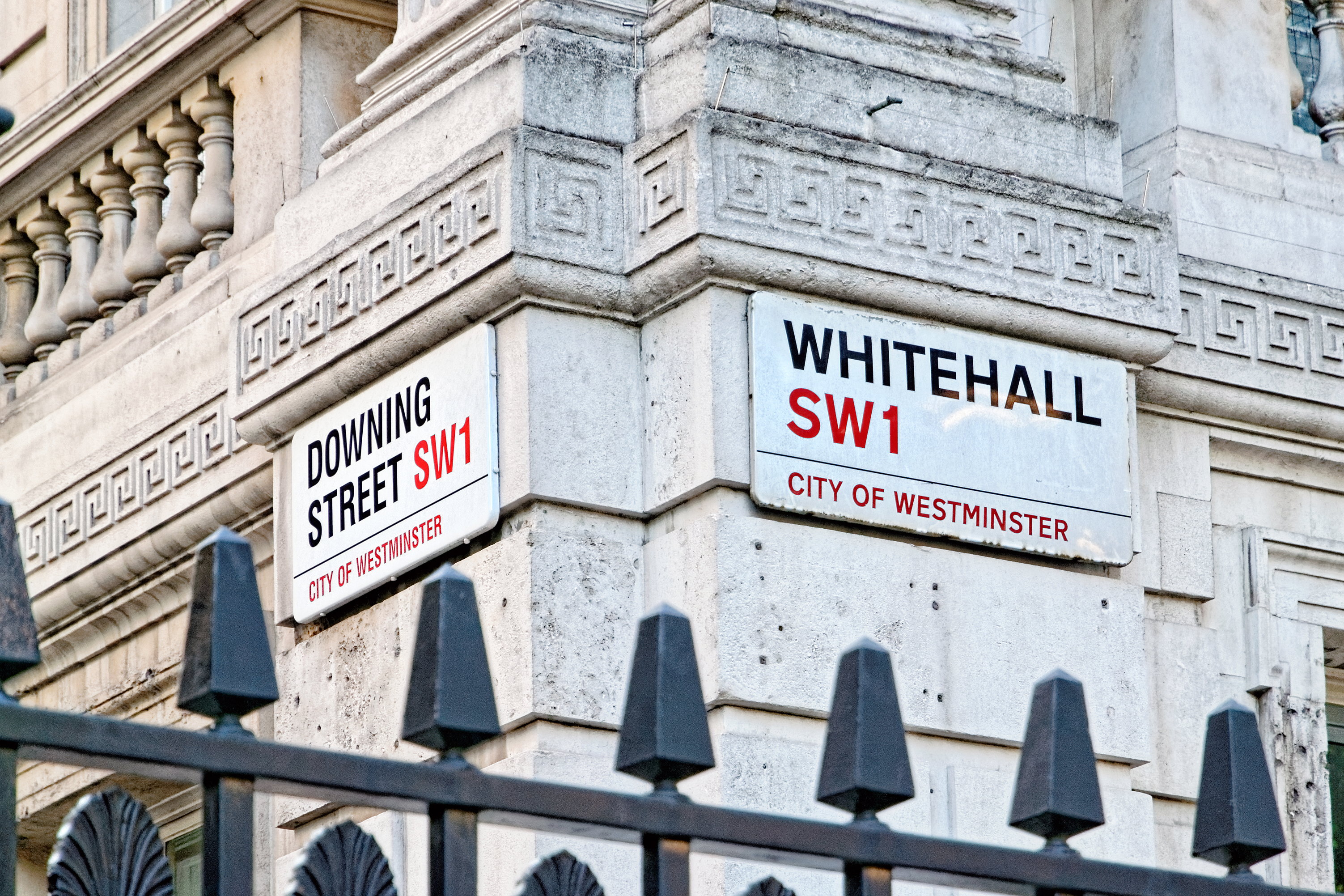What is an apprenticeship?
Apprenticeships are real, paid jobs which incorporate on and off the job training.
Apprentices have the same rights as other employees, and the right to be paid at least at the level of the apprentice rate of the national minimum wage. Upon completing their contract, a successful apprentice will receive a nationally recognised qualification.
Apprenticeships are a key part of the government’s skills agenda. All UK political parties are committed to the benefits of apprenticeships, although there has been debate as to the pace at which the apprenticeship programme is rolled out, and its means of implementation.
The apprenticeship programme is viewed as an important way in which young people can be assisted to transition from education into the labour market.


Helping to tackle skills shortages, apprenticeships are universally viewed as one way to fix Britain’s productivity puzzle, with productivity largely stagnant since the 2008 financial crisis.
The Nobel Prize winning economist Paul Krugman has said that, “A country’s ability to improve its standard of living over time depends almost entirely on its ability to raise its output per worker”.

The modern apprenticeship scheme began in 1994.
How does the apprentice system work?
There are two different types of apprenticeship schemes, frameworks and standards. Apprenticeship frameworks are being progressively phased out and replaced by the newer apprenticeship standards, which were introduced in 2014.
Apprenticeships can be studied at different qualification levels: Intermediate, Advanced, and Higher.
It can take between 1 and 6 years to complete an apprenticeship depending on the role which is chosen, the qualification level, and the candidate’s previous experience. At the end of an apprenticeship, the candidate achieves an equivalent education level. For example, if it is a level 3 apprenticeship, the candidate achieves the equivalent of an A-level.
A number of universities offer degree apprenticeships. These are typically available in vocational subjects that require a high level of academia, and range from aerospace, to electronic engineering, and the digital industries.
The government maintains and regulates a list of apprenticeship training providers. There are three types of training provider:
- A main training provider enters into contracts with employers that use the apprenticeship training.
- An employer provider directly trains their own employees or ones of another company.
- A supporting provider enters into subcontracts with main providers and employer providers to enhance apprenticeship training for employers and their apprentices.
How are apprenticeships funded?
The way in which the government funds the training and assessment costs of apprenticeships was revised in May 2017, with the introduction of the ‘apprenticeship levy’.
The Apprenticeship Levy is paid by employers with who have an annual wage bill in excess of £3 million.
The Apprenticeship levy is set at 0.5% of the value of the employer’s total wage bill, minus an apprenticeship levy allowance of £15,000 per financial year.
The levy is paid by a company through its PAYE contributions, with the money allocated to an apprenticeship service account by HMRC. In line with the specified criteria, funds in this account are then spent on apprenticeship training and assessment by the company concerned.
Since 2020, companies who are not mandated to pay the apprenticeship level (ie: have a wage bill of less than £3 million) have been able to create an apprenticeship service account to arrange their own apprenticeships
Apprenticeships are the responsibility of the Department for Education and the Skills Funding Agency in England.
Companies that do not need to pay the apprenticeship levy pay 5% 5% towards the cost of training and assessing an apprentice. The government will pay the rest (95%) up to the funding band maximum direct to the training provider.
-
- Companies that do pay the apprenticeship levy receive funds to spend on training and assessing your apprentices. The government will add 10%.
History of apprenticeships in the UK
The Middle Ages
Apprenticeships in England can be traced back to the medieval craft guilds in the Middle Ages, when some families would send children away to live with host families.
According to the historian Charles More, ‘indentures were drawn up, binding servant to master and vice versa; in which the master personally taught the apprentice; took responsibility for the latter’s moral welfare; and gave him board and lodgings’.
The Statute of Artificers (1563) introduced the first national apprenticeship system of training into law. It outlined that the master should have no more than three apprentices and apprenticeships should last seven years. The Act was repealed 251 years later, partly due to conditions in factories and the perceived exploitation of young apprentices.
The Nineteenth Century
Apprenticeships became less common during the Industrial Revolution, partly due to conditions of employment in the factories. But they were still used in high-skill industries like shipbuilding.
As the 19th century progressed, many of the skills involved in manual trades were taught via formal apprenticeships. While predominantly ‘male’, girls did take up apprenticeships in jobs such as millinery and dressmaking.
The Twentieth Century
In the 1960s, a third of all boys left school to take up apprenticeships. However, numbers declined rapidly in the 1970s and 1980s, largely in parallel with the decline in manufacturing jobs.
Concern was also expressed as to the rigour being provided by apprenticeship programmes. In 1968 the Royal Commission on Trade Unions and Employers’ Associations concluded that apprenticeships were ‘a farce’ and provided less training than a properly constituted course lasting only a few months’. The report concluded that, ‘The fact that a man has completed an apprenticeship does not therefore of itself guarantee that he has acquired any particular level of skills, or that he has passed any form of test of ability’.
By the mid 1990s, half as many apprentices were in employment as they had been in the late 1970s, and this prompted the then Chancellor of the Exchequer, Kenneth Clarke, to announce the launch of a new ‘Modern Apprenticeship’ scheme. The scheme was rolled out in 1994.
The ‘Modern Apprenticeship’ scheme aimed to ‘increase the number of young people obtaining the technical and craft skills the country has been lacking’. Unlike previous apprenticeships, modern apprenticeships were now established as properly paid jobs, with training leading to nationally recognised qualifications (NVQs).
The Twenty First Century
In 2004, the previous age limit of 25 was removed from apprenticeship schemes.
In 2012, new minimum standards were introduced to include training in maths and English for those who did not have a GCSE or equivalent in those subjects.
The Apprenticeship Levy was announced by the then Chancellor of the Exchequer, George Osborne, in his July 2015 budget. It was introduced in 2017.
The degree apprenticeship programme was also introduced in 2015, with some 13,587 people starting a degree apprenticeship in England in 2018/19,
Statistics
In 2018/19, there were 742,400 people participating in an apprenticeship in England, with 393,400 apprenticeship starts and 185,100 apprenticeship achievements.
The age profile of people starting apprenticeships changed between 2017/18 and 2018/19, with a higher proportion of starts from apprentices over the age of 24.
The gender profile has also changed. The number of women and men starting apprenticeships were almost at the same level, with slightly more starts by women (50.1%). In 2017/18, there were slightly more starts by men (51%).
According to a government document, 83% of apprentices said their career prospects have improved as a result of their apprenticeship, and 70% of surveyed employers said apprenticeships improved their product quality and service.
Quotes
‘Around the world, apprenticeships have long been recognised as a crucial way to develop the skills wanted by employers. That is why the Government will increase the quality and quantity of apprenticeships in England, reaching three million starts in 2020′. – Sajid Javid, Nick Morgan, Foreword,’ English Apprenticeships: Our 2020 Vision’
‘Throughout my career, some of my best hires have been people who have bypassed the traditional route of university and learned their skills through apprenticeship schemes or alternative education courses’. – Entrepreneur Peter Jones.
‘Crucially, the apprenticeship schemes benefit apprentices themselves, who get a good foundation for a career, and it helps to open doors and break down barriers that some people face’ – Matt Hancock MP, former Minister of State for Skills and Enterprise.
‘A major barrier to economic growth is the lack of skilled staff in key sectors. Our data shows that it is getting harder for recruiters to find people for the jobs available and employers predict particular shortages in sourcing engineering, technical and healthcare professionals in the short to medium term. … There are three things we think the Government should be prioritising here: an effective careers guidance network, embedding better employability skills within education, and high-quality, employer-led apprenticeships’. – Kate Shoesmith, Head of Policy & Public Affairs, Recruitment & Employment Confederation










